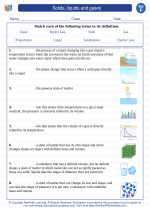Engulfment in Cell Biology
Engulfment is a process in cell biology where a cell surrounds and takes in solid particles or other cells by enclosing them in a membrane-bound vesicle. This process plays a crucial role in various biological functions, including immune response, development, and maintenance of tissue homeostasis.
Mechanism of Engulfment
The process of engulfment typically involves several steps:
- Recognition: The target particle or cell is recognized by the engulfing cell through specific molecular interactions.
- Attachment: The engulfing cell attaches to the target particle or cell through receptor-ligand interactions.
- Engulfment: The engulfing cell forms a membrane protrusion around the target, enclosing it to form a vesicle called a phagosome.
- Digestion: The phagosome then fuses with lysosomes, leading to the degradation of the engulfed material by lysosomal enzymes.
Significance of Engulfment
Engulfment is essential for various physiological processes, including:
- Immune Response: Phagocytic cells engulf and destroy pathogens, such as bacteria and viruses, contributing to the body's defense against infections.
- Development: Engulfment is involved in the removal of apoptotic cells during embryonic development and tissue remodeling.
- Tissue Homeostasis: Engulfment helps maintain tissue integrity by clearing cellular debris and damaged cells.
Regulation of Engulfment
Engulfment is tightly regulated by various signaling pathways and molecules, including cytoskeletal elements, membrane receptors, and intracellular signaling cascades.
Study Guide for Engulfment
Here are some key concepts to focus on when studying engulfment:
- Understand the steps involved in the process of engulfment, including recognition, attachment, engulfment, and digestion.
- Identify the significance of engulfment in immune response, development, and tissue homeostasis.
- Explore the regulatory mechanisms that control engulfment in different cell types and contexts.
- Examine specific examples of engulfment in biological systems, such as phagocytosis by immune cells and clearance of apoptotic cells.
- Consider the implications of dysregulated engulfment in diseases and pathological conditions.
By understanding the mechanistic details and biological significance of engulfment, you can appreciate its role in maintaining cellular and organismal function.
.◂Science Worksheets and Study Guides Sixth Grade. Solids, liquids and gases

 Activity Lesson
Activity Lesson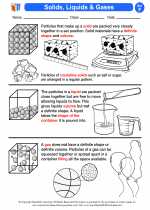
 Worksheet/Answer key
Worksheet/Answer key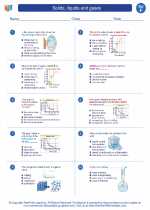
 Worksheet/Answer key
Worksheet/Answer key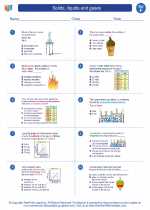
 Worksheet/Answer key
Worksheet/Answer key
 Vocabulary/Answer key
Vocabulary/Answer key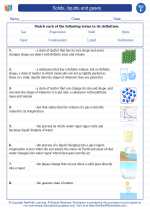
 Vocabulary/Answer key
Vocabulary/Answer key